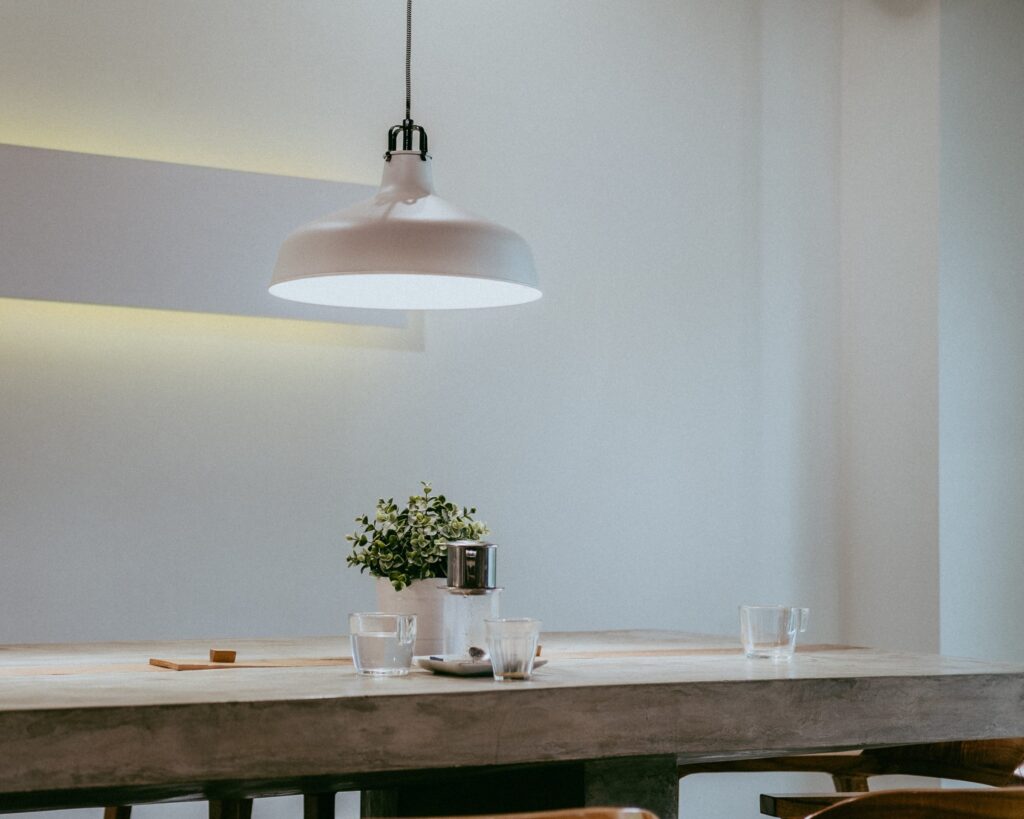
The Health Benefits of Circadian Lighting Design
Lighting designers have a keen eye for conceptualizing how light will impact a space, including evaluating optimal lighting placement, understanding color quality, and the impact of color temperature on materials. Visual appeal and visual comfort are usually top priorities for lighting designers, but is it time for them to also consider the health implications of lighting? The circadian lighting researchers and former NASA scientists at BIOS certainly think so, since their passion and expertise lie in light and health. Circadian lighting is a relatively new field in the larger world of architectural lighting, but the efforts of the BIOS team are aimed at making healthy light a primary consideration for lighting design and application. In other words, they are trying to bridge the gap between research and application.
Research on circadian rhythms and circadian lighting is growing exponentially, and one thing is abundantly clear — human biology is dependent on the light signals we receive from the sun. Emerging research ties our circadian biology to a wide range of global health issues, including depression, heart disease, and even cancer. BIOS circadian lighting technology includes key wavelengths of light which are found in daylight, but are missing from traditional lighting technology. BIOS is bringing this important light signal from the outside to indoors — where we spend about 90 percent of our time — to provide electric lighting that addresses our biological need for a strong day/night signal and helps promote better sleep and improve our overall health and well-being.
Integrating Circadian Solutions in Lighting Design Applications
The research is comprehensive and clear — but the next step is to help lighting designers integrate circadian solutions into their lighting design strategies. The BIOS team works with lighting designers to help them create solutions that are both visually pleasing and provide biological stimulus. More and more lighting design professionals are starting to take notice of circadian research, but there still remains some confusion around what exactly designers and architects need to consider for successful circadian lighting applications.
Here are the top four considerations for implementing circadian lighting into a project design:
Material Finishes
Lighting design is driven by “look and feel”. Knowing that includes understanding the interaction between light and the material finishes within that space. Some interior finishes have a matte finish, while some have more of a sheen to them, and this impacts how a space will look and feel. For circadian lighting, one of the most impactful material finish considerations is surface reflectance and absorption. This is not mean that the surfaces ought to reflect like a mirror; rather it refers to how light or dark the material finishes are in a space. For example, a white wall absorbs very little light and is very efficient at reflecting the light back into a space, whereas a navy-blue wall (illuminated the same way as the white wall) will absorb most of the light that shines on it and does not reflect nearly the same amount of light back into the space. For circadian lighting, it is very important to consider the color, tone, and reflectance of your vertical surfaces since they can help amplify the light we receive at our eye and help increase the all-important vertical lighting stimulus.
Correlated Color Temperature
The success of a circadian lighting application — or any architectural lighting application for that matter — depends on the comfort of the people who will live and work in that space. Designers and architects should consider their material palette to determine which color temperature(s) will render materials best and will enhance the intended look and feel of a space, prior to selecting the light fixtures themselves. BIOS® SkyBlue® lighting solutions are offered in color temperatures that designers prefer (3000K, 3500K, and 4000K), while also providing the essential wavelengths that our bodies need to support healthy circadian rhythms.
Lighting Controls
According to BIOS, “simple and cost-effective” is the best choice for lighting controls. For most applications, people simply want to know how to turn the lights on/off and dim them easily. There are other manufacturers who promote circadian lighting strategies which include more costly control options, such as color tuning, for example. These strategies inevitably result in additional costs and complications, while adding little to no circadian value. Choosing simple and more cost-effective lighting controls also make adopting circadian solutions an easier choice. BIOS SkyBlue lighting technology addresses the need for simple controls by offering circadian lighting technology that can be used with a simple 0-10V dimmer and does not require two-channel fancy lighting controls.
M/P Ratio
Melanopic Lux to Photopic Lux ratio (M/P ratio) is an important — but relatively new — lighting metric that describes the circadian impact of a light source. The M/P ratio indicates how much of the light you receive is targeted to your circadian system versus your visual system. For example, an M/P ratio of 0.83 means that for every 1 photopic lux (light for vision) that a light source produces, it also produces 0.83 melanopic lux (light for your circadian system). Another way to think of it is that 83% of the light is circadian-impactful light. The M/P ratio of any lighting technology is an important consideration when evaluating the effectiveness of that light source in delivering a desired circadian stimulus. Choosing a light source that has a high M/P ratio allows designers to deliver the optimal circadian stimulus without over-lighting the space. Regarding the M/P ratios of traditional LEDs or tunable white systems, one caveat is that designers often use higher CCTs (4500K or higher) to try to achieve a higher M/P ratio, rather than lower CCT sources. These higher CCTs often have reduced color rendering ability or are simply unpleasant to look at, and negatively impact the interior design aesthetics. BIOS proudly offers industry leading M/P ratios in the color temperatures designers want, while eliminating the need for designers to compromise the quality of their design for circadian impact.
Want to learn more about how to implement circadian solutions into your lighting project? Contact Us Today!




